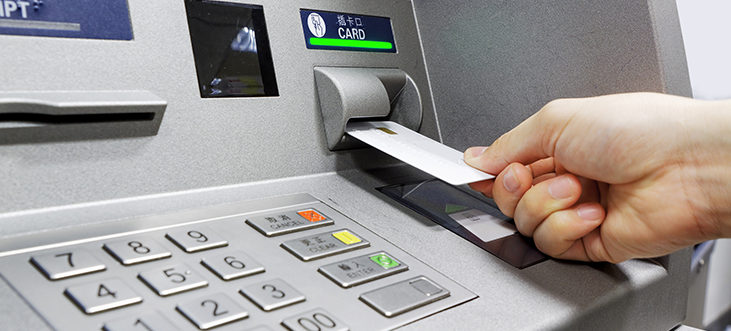Since Jan 3, Meltdown and Specter attack has been in the news and it all takes shape from hardware security vulnerability. So chips from Intel, AMD, and ARM have a vulnerable hole. This is according to Anders Fogh the German cyber website
Information was first made available privately to the major operating system vendors, thus giving them time to patch their operating systems to help secure PCs and mobile phones.
So is ATMs security on a vulnerable stage? The answer is yes.
The immediate threat is the Meltdown attack, which allows the malware to read the data item on a Windows PC, including that from Windows kernel memory, any physical memory and any memory belonging to other processes on the same PC

The world has around 3 million bank ATMs, the vast majority of which run Windows 7 or Windows XP, and the greater part of which are painstakingly secured. All things considered, all ATM composes are in danger in the present case, as the deformity is equipment chip-related and not an OS vulnerability. In this article, we will center on bank ATMs running Windows 7 or Windows XP.
It is first imperative to take note that the ATM does not store its information inside the ATM PC center: It secures them rather inside encoding pin. The encryption keys in ATMs are held securely inside the EPP and therefore are unaffected by the new attack.
Additionally, the technique for remotely infusing these keys into the EPP utilizing remote key stacking is likewise protected, in our view, from a Meltdown assault. EPPs keep up a segregated inside that isn’t in danger to attack.
Notwithstanding, this does not mean ATMs is totally safe. An attacker could get malware onto an ATM, it is conceivable to get too delicate data, and, possibly, certain kinds of passwords.
The inquiry at that point turns out to be the manner by which effortlessly a programmer can get new malware onto an ATM.
Most ATMs are protected from malware. The highest quality level is a security is called “whitelisting” that naturally keeps the ATM from running unrecognized projects, libraries, and contents. Whitelisting obstructs any new malware from being executed on an ATM and speaks to an admin as part of safeguarding.
In any case, not all banks use whitelisting on ATMs. A few banks use antivirus programming, while others use no malware insurance by any stretch of the imagination. Antivirus Software was never the correct response for ATM security and this specific risk features this reality generally plainly.
As this risk is new, AV programming does not yet incorporate the marks expected to distinguish it. At least, the AV marks would need to be refreshed on ATMs, yet this is difficult to do, since, as we have stated, the real malware written to execute these dangers has not yet been recognized.
Most regrettably, it is trusted that malware utilizing this procedure may look excessively like “ordinary programming” and subsequently be difficult to recognize.